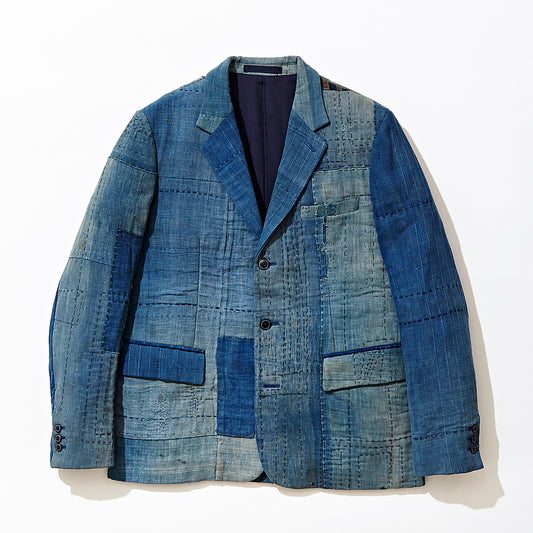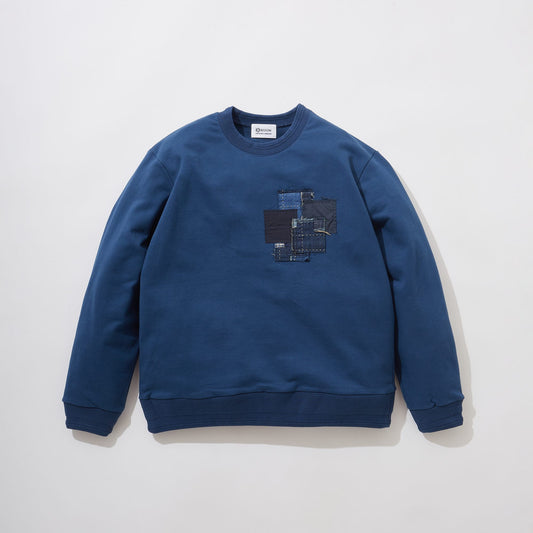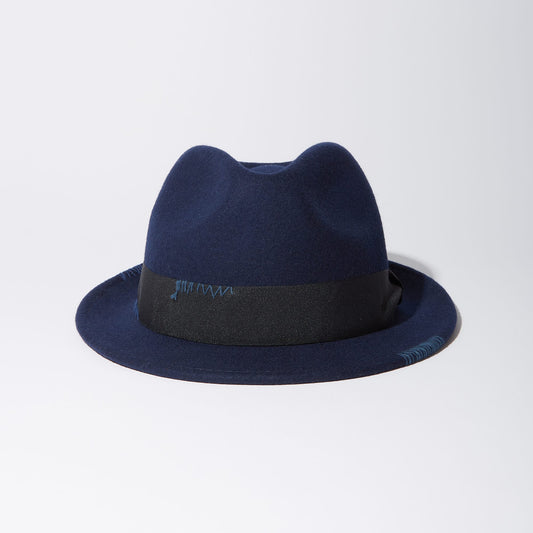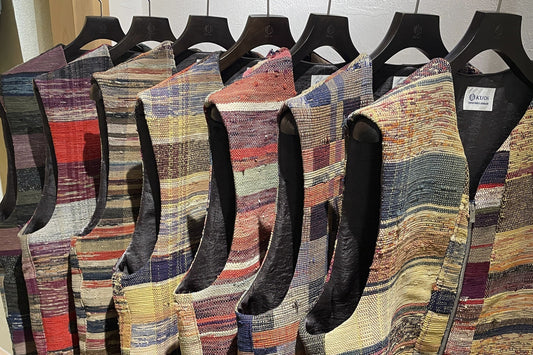
The inherent beauty of people.
Share
Hi, this is Shohei.
I introduced the Kite Series as my recommendation in my blog at the time of the launch of the 2023SS collection.
Since it was in conjunction with the introduction of the in-store event, I have not been able to tell you enough about the Kite Series.
The product page of the online store says, "The sleeves are made with a flat pattern work like a kimono when you put it on the table..."
“Flat pattern work...?”
The flat pattern work comes from kimono, which is Japanese and unique to KUON, but it is difficult to understand, isn't it?
Don't worry!
If you read this blog, you will understand. I am sure you will be able to understand.
Please stay with us until the end.
Difference between Kimono and Western clothes
The first thing that comes to mind when you hear the word "kimono" is the Japanese clothes.
Kimonos are now called "Kimono" overseas, but the kimono is a traditional Japanese garment born in the Heian period (794-1185).
What I would like to tell you about the difference between kimono and western-style clothing is the pattern. We will focus on that.
Let's take a look at the differences between kimono and western-style clothing.

(Reused a nice photo of a customer's custom-made Sakiori obi the year before last.)
Since there is no concept of 'shoulders' in kimono, when placed on the floor, it becomes a vertical and horizontal silhouette. The above photo should give you an idea of this.
If you place a piece of clothing on the floor, you will see a difference in silhouette because the sleeves are attached diagonally from the "shoulder" area.
Try it out by placing a jacket or shirt you have at home.
The silhouette should be totally different from the photo above.

I placed the Kite Sweatshirt from the Kite series. It is made in the same vertical and horizontal silhouette as a kimono.
Another feature of the kimono's construction is that it becomes flat when placed on the floor.
Shirts and jackets have darts and shoulder pads, so they do not lie flat like this.
As I wrote in my previous blog
Clothes are made three-dimensionally to hide the silhouette of the body and make it look beautiful.
Japanese clothes are made on a flat surface to reveal the silhouette of the body and show its true beauty.
When I asked Mr. Ishibashi why the shoulders of KUON's clothes are rounded, he replied, "Because the human body is angular. He told me, "Because the human body is curved, not angular.
I feel that KUON's commitment to silhouettes and KUON's character are hidden in these places as well.
The inherent beauty of people
So how does it look when worn?


The silhouette is comfortable to the body and rounded around the shoulders.
Although the silhouette is roomy and large, by showing the lines of the body, it is not only loose but also graceful and relaxed.
In addition, the soft drape of the sweatshirt fabric raises its elegance, making it a relaxed yet elegant and classy piece.

Unlike sweatshirt fabrics that have a drape, the silhouette is clearly visible, which feels new and different when worn.
Originally, kimono does not come with accessories such as buttons, so it is a fusion of Japanese and Western styles. That is also interesting.
Also, as the product name "Kite" suggests, it has a functional beauty that expands its silhouette like a kite in kite-flying by putting your hands in the out pockets on both sides.
Both the sweatshirt and shirt have a silhouette that follows the lines of the body and is rounded around the shoulders.
This is the inherent beauty that people possess. I feel it is individuality.


Finally, I really wanted to incorporate this season's theme color, lilac, so I forced myself to wear a short-sleeved shirt over it, and I think it fits beautifully.
The Kite Shirt is my favorite because I can wear it over a long-sleeved shirt like a blouson.
Thank you very much for your time.
Click here to see the Kite Series introduced this time.













